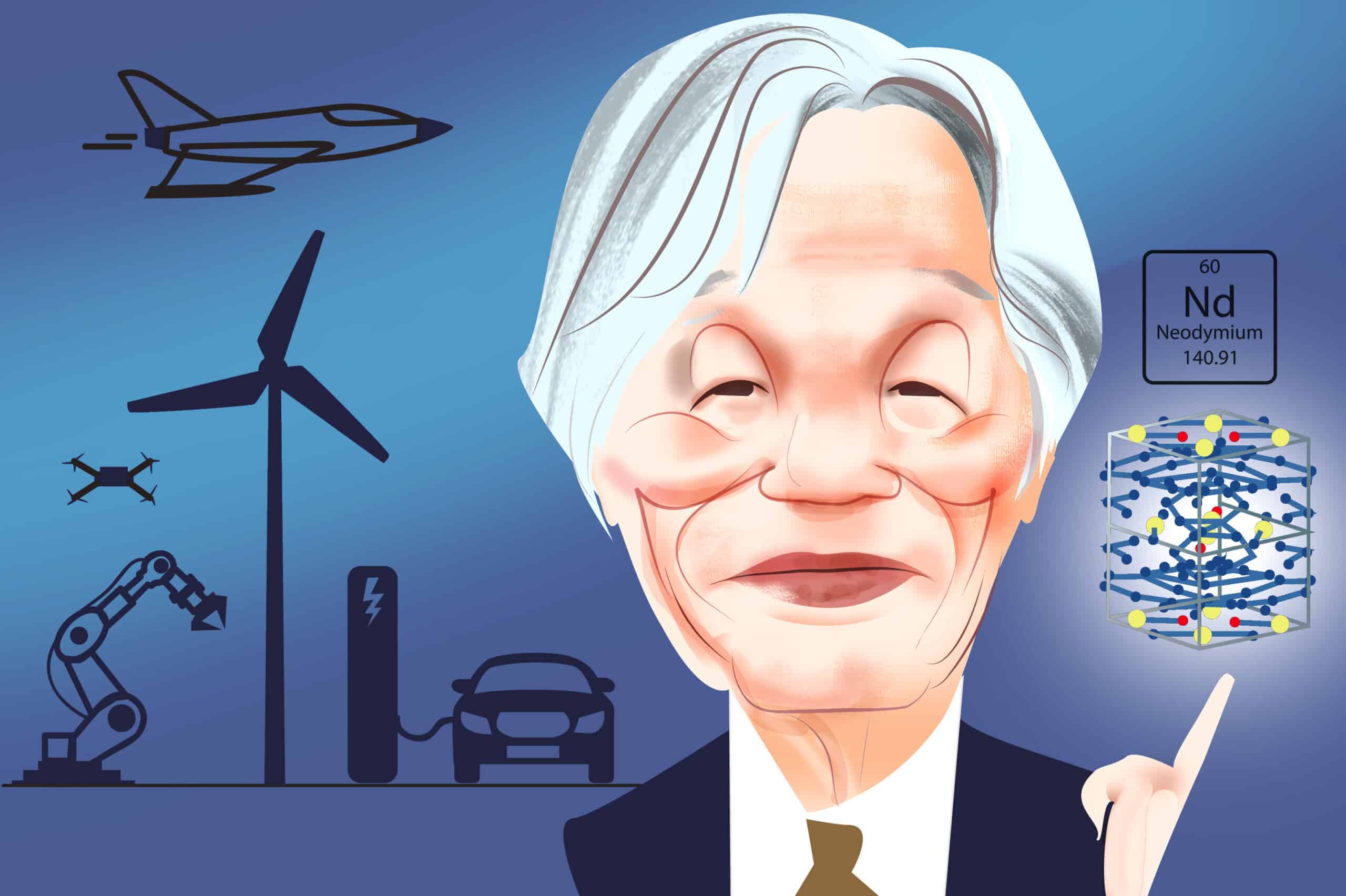Scott Rozelle is a development economist who has spent more than three decades researching rural development in China. His new book Invisible China, written with Natalie Hell, warns of a growing divide between urban and rural China in terms of education and health, as well as income. Scott is the Helen F. Farnsworth Senior Fellow at Stanford University and a senior fellow at the Freeman Spogli Institute for International Studies. He also directs the Rural Education Action Plan and is a fellow at
Navigate China's Business Landscape with Confidence.
- Gain visibility into supplier risks
- Easily manage trade compliance
- Conduct in-depth due diligence



